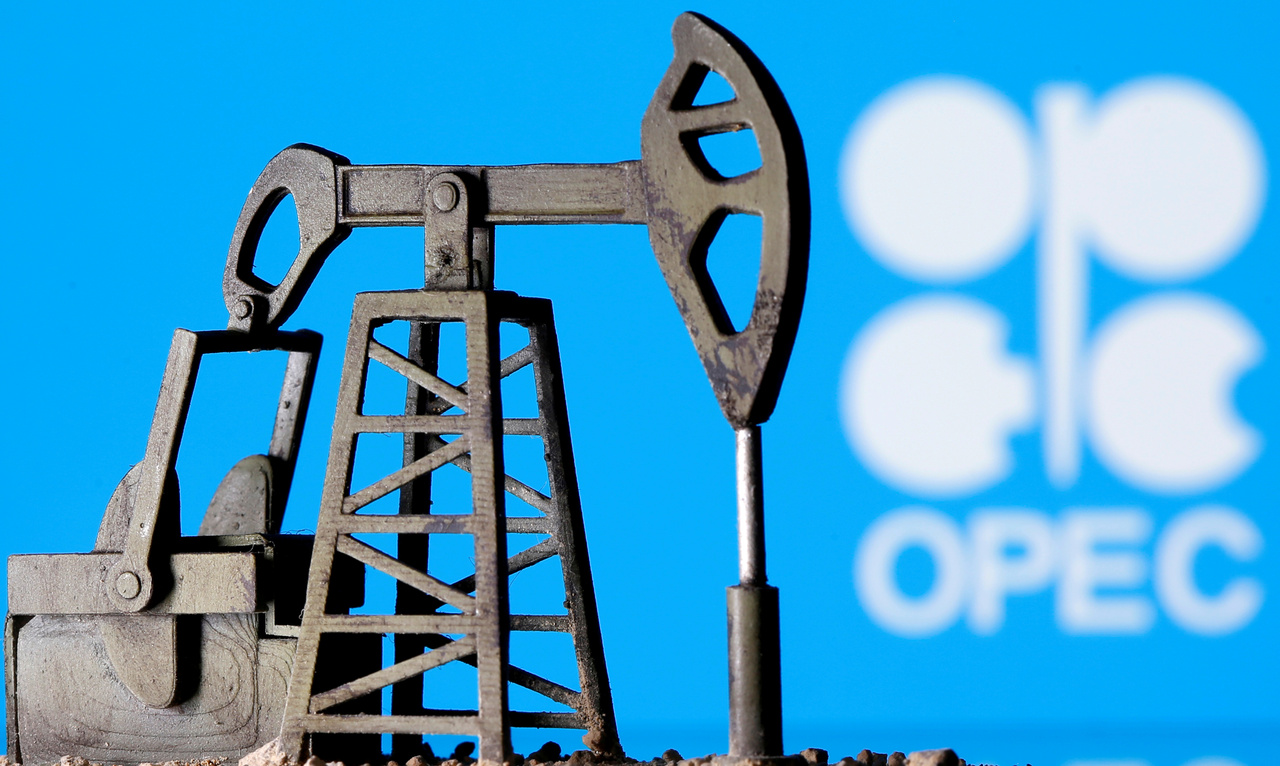Oil edges up on Opec output cut compliance; pandemic still weighs
Sign up now: Get ST's newsletters delivered to your inbox

Opec+ have been cutting output since May by a record 9.7 million barrels per day after oil demand plunged by up to a third.
PHOTO: REUTERS
Follow topic:
NEW YORK (REUTERS) - Oil prices rose slightly on Thursday (June 20) as a panel of Opec and its allies met to review record oil supply cuts, even as the market remained concerned about additional coronavirus cases reported in parts of the United States and China.
Brent crude futures settled at US$41.51 a barrel, up 80 cents or nearly 2 per cent. US West Texas Intermediate (WTI) crude futures settled at US$38.84 a barrel, up 88 cents, or 2.3 per cent.
"You're going to see more Opec compliance," said Phil Flynn, senior oil analyst at Price Futures Group in Chicago. "I think we'd be a lot higher if it weren't for these coronavirus fears."
An Opec+ panel pressed countries such as Iraq and Kazakhstan on Thursday to comply better with oil cuts and left the door open for extending or easing record production curbs from August.
The panel, known as the Joint Ministerial Monitoring Committee (JMMC), advises Opec+ and will meet again on July 15, when it would recommend the next level of cuts, designed to support oil prices battered by the coronavirus pandemic.
The Organization of the Petroleum Exporting Countries and allies, known as Opec+, have been cutting output since May by a record 9.7 million barrels per day (bpd) - or 10 per cent of global supply - after oil demand plunged by up to a third.
Thursday's discussion was unlikely to recommend an extension of record cuts into August, sources said. Opec+ compliance with production cut commitments in May was 87 per cent, two Opec+ sources said on Wednesday.
Worries about fuel demand rose after a surge in coronavirus cases led Beijing to cancel flights and shut schools while several US states, including Texas, Florida and California, reported sharp increases in new cases.
A second straight weekly rise in US crude stockpiles to a record high also weighed on sentiment, but US government data showed lower inventories of gasoline and distillates, indicating higher demand.
Opec warned in a monthly report that the market would remain in surplus in the second half even as demand improves, saying it now expects supply from outside the group to be about 300,000 bpd higher than previously thought.

